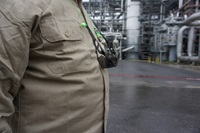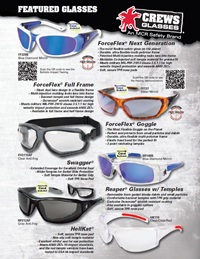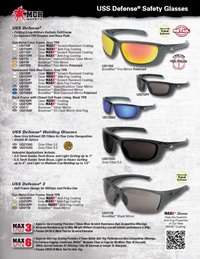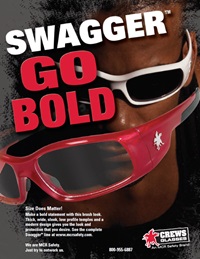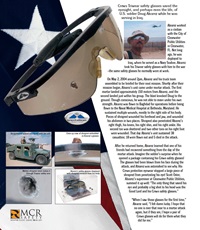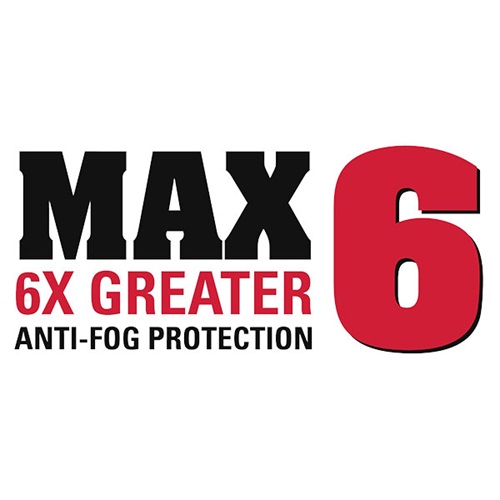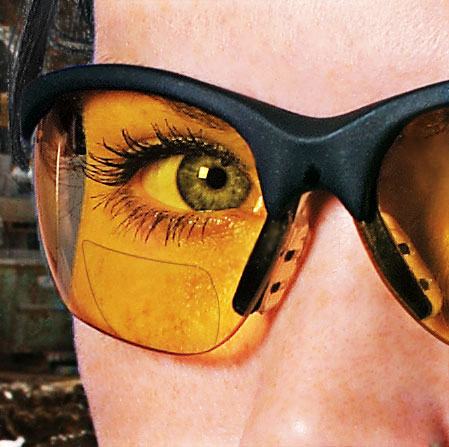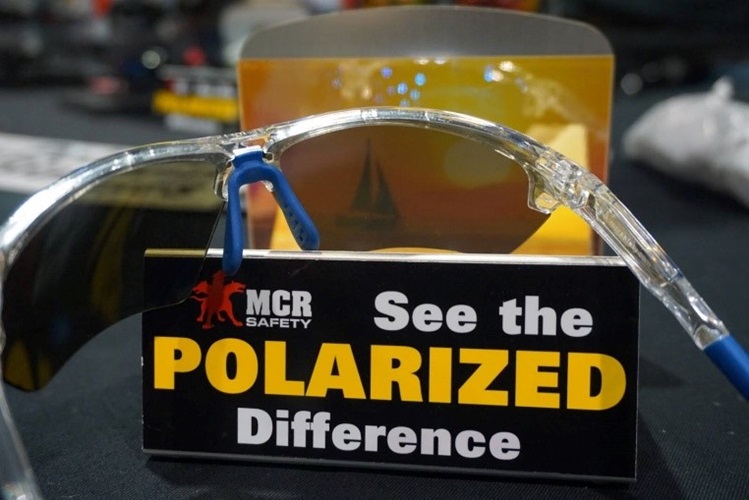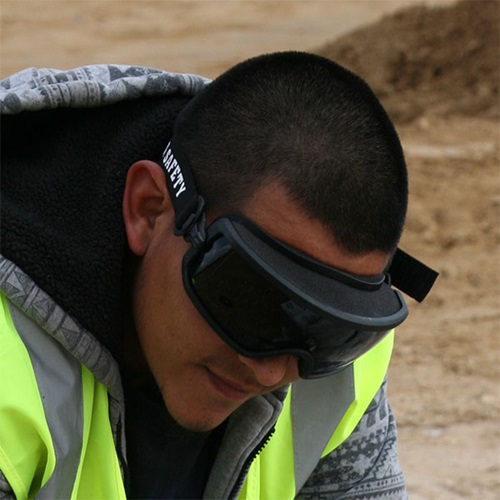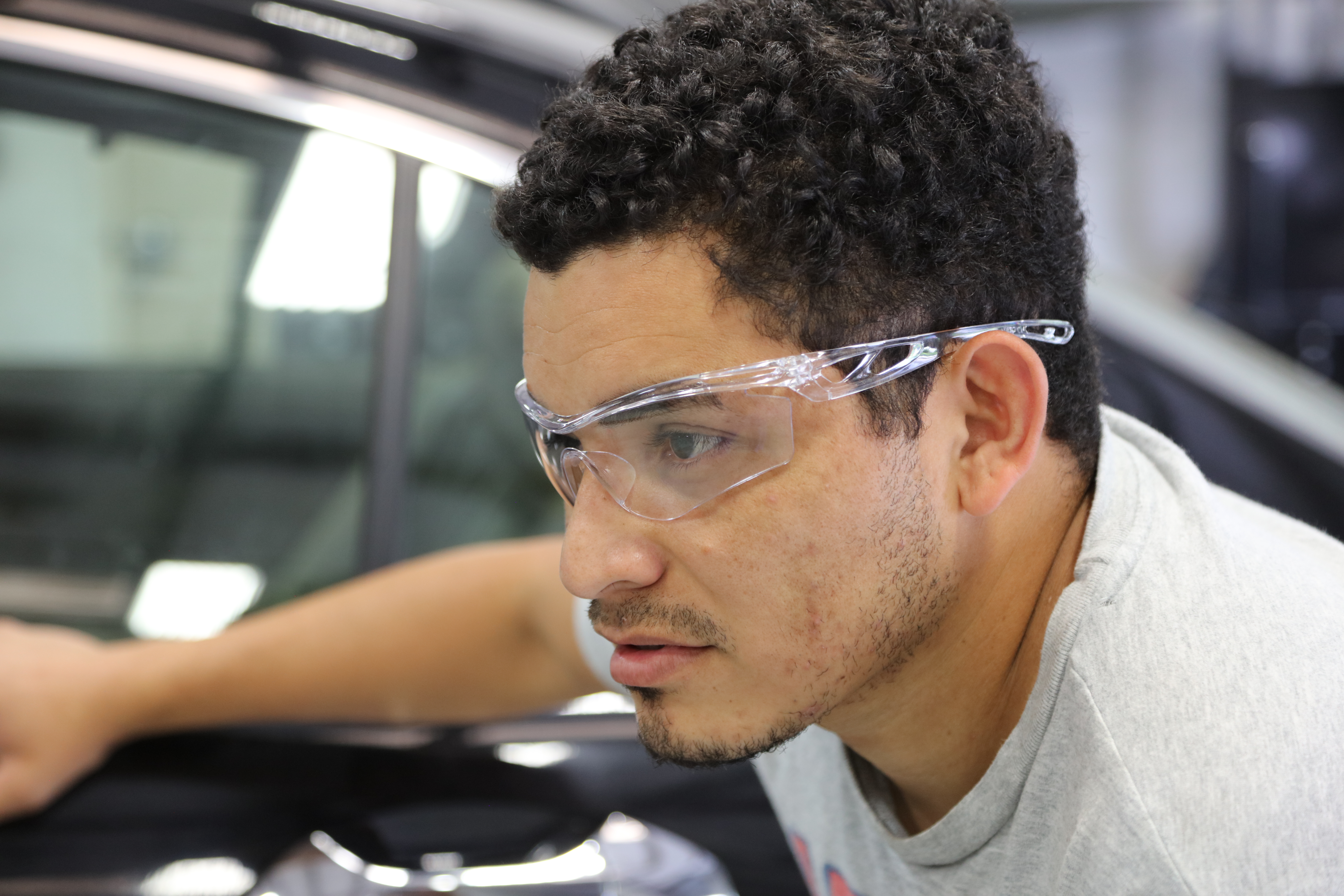Eye Protection
Your eyes are the window to your soul. To imagine a world where you have no windows, looking out and exploring our beautiful world, seems unbearable. Well, the unfortunate fact is that many hard working Americans every day will lose their sight due to workplace injuries. OHSA reports that eye injuries alone cost more than $300 million per year in lost production time, medical expenses, and worker compensation. Taking it down to the micro level, there are close to 2,000 injuries occurring each day, with the average injury costing around $3,600. With all the above taken into consideration, it only makes sense that your eyes are properly protected.
We've made it easy for you to find the right eyewear! Click on each of our different lens color options below to see a full product listing of what MCR Safety has to offer in that lens color.
See MCR Safety Lens Color Options
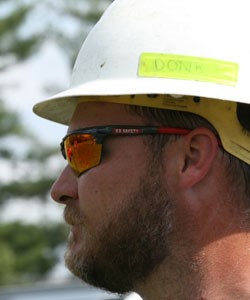 Your eyes come naturally protected, essentially positioned in a hollowed eye socket. Unfortunately though, our world has so many modern day hazards, one needs a little additional protection.
Your eyes come naturally protected, essentially positioned in a hollowed eye socket. Unfortunately though, our world has so many modern day hazards, one needs a little additional protection.
Here are some all too common workplace hazards:
- Fogging – Temperature fluctuations can cause fogged eyewear. Check out MCR Safety's MAX6™ technology!
- Chemical Splashes – Numerous industrial chemicals can affect a worker’s eye. Goggles are designed to prevent liquids and chemical splashes from getting into the eye area
- Dust – construction sites, sawing applications, workshops and woodworking can be extremely dusty; a nuisance to one’s vision
- Electrical – to avoid electrocution, workers must wear dielectric eyewear made with no metal parts
- Falling or dropping objects – worksites have lots of loose and unsecure material
- Heat – Industrial environments are known to get a little hot. Welding Heat, Hot Furnace operations, and outside humidity
-
Impact – contact from chips, flying particles, material and metal, wood chips. Many industrial applications can cause this:
- Chipping, Drilling, Hammering, Grinding, metalworking, Sanding and Sawing.
- UV Radiation – All of MCR Safety’s protective eyewear styles block out 99.9% of harmful UV
- Welding – Radiant energy, harmful sparks and flying particles are a constant threat
- Strong Winds – winds can easily cause many materials to become hazardous
- Swinging Objects – tree limbs, chains, tools or ropes are always a potential concern
All of MCR Safety’s protective eyewear must meet or exceed the ANSI Z87.1-2015 standard that distinguishes between two impact levels - Basic Impact indicated by Z87 marking or High Impact indicated by Z87+ marking. This standard ensures your eyes are protected from hazardous conditions. At MCR Safety we test all our eyewear styles on a High Velocity testing machine to ensure they can stop a steel ball going 150 feet per second.
“The eye is the jewel of the body” - Henry David Thoreau.
Well, MCR Safety wants everyone to keep the natural jewels given to them at birth! We manufacture safety glasses that protect countless hard working people from the most dangerous working environments. From a construction site, to a Machine Shop, all the way to an Oil Refinery, our safety glasses are preventing eyewear injuries.
When it comes to being protected at work from the above hazards mentioned, every employee is guaranteed the right to be protected. OSHA’s 1910.133(a)(1) eye protection standard states that the employer shall ensure that each affected employee uses appropriate eye or face protection when exposed to eye or face hazards.
You might be wondering, why does MCR Safety offer so many different styles, features and lens options? Well, first and most importantly, we have been manufacturing safety glasses since 1984. With well over 30 years of experience, we know that every industry has specific applications requiring different protection. Second, we know our customers want new, fresh and updated stylish eyewear styles. As one customer once told us, “Users are constantly looking for a new style at least every two years. A style that is new to the market”. We aim to please, which is why we're constantly developing new eyewear designs and styles. Our new eyewear styles are winning new product of the year awards too. The Force Flex 2 style was awarded new product of the year back in 2010! You can read more about it in the Flexible Technology feature section. Our Dominator style won new product of the year in 2016! You will find the Dominator across several feature pages.
Different Lens Options
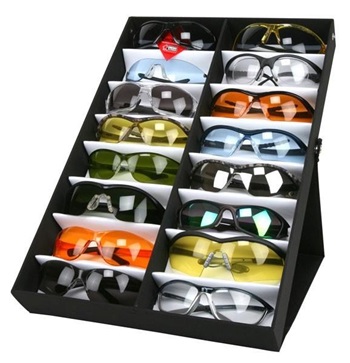
Protective eyewear is available in a variety of lenses. These tints are not merely decorative, but are designed to enhance the workers vision under various lighting conditions.
The amount of visible light that passes through each lens and how this affects one’s vision are important buying factors
Lens shown in the order of Visible light transmission
Visible Light Transmission (VLT), amount of visible light passing through a medium (a lens in this case) is important. ANSI, American National Standards Institute, provides guidelines for Clear and filter plano (non-prescription) lenses in its Z87.1-2015 edition. For instance, the VLT of a Clear lens must be between 85% and 100%. Be sure to click on each color to see all of what MCR Safety has to offer.
-
Clear - 90% of light is transmitted
The remainder of light is blocked by the coating on the glass. A clear lens provides excellent optics for general applications. Across most all industries, it is most popular lens because it allows the majority of light to pass through the lens while not distorting the visible color spectrum. It also absorbs 99.9% of UV radiation.
-
Amber - 80% of light transmitted
Amber is excellent for maximum contrast enhancement, particularly in low light situations. This lens color blocks virtually all violet and blue light (ISO 12312-1 @ 94% blocked) emphasizing visual contrast by enhancing bright colors. Amber is also great because it makes objects “pop” out when you view them, which is an excellent choice for inspection work.
-
Light Blue - 68% of light is transmitted
This lens reduces glare from artificial light such as halogen and fluorescent. Light blue is another option for those wanting outdoor lens
-
Orange - 57% of light transmitted
Reduces eye fatigue by absorbing blue (ISO 12312-1 @ 91% blockage) and green light. Orange enhances visual contrast to improve depth perception. It is an excellent choice for indoor and low light applications; cloudy or hazy days
-
Vermillion - 55% of light transmitted
This lens reduces the light proportional to the way your eye sees it. It reduces all colors equally allowing for optimum color recognition.
-
Indoor/Outdoor Brown Mirror - 50% of light is transmitted
This lens distinguishes color while reducing glare and brightness for outdoor applications. Meets the traffic signal recognition requirements of ANSI Z80.3. The “Mirror” coating reflects light reducing the amount of light that passes through the lens. Commonly used in construction or outdoors where sunlight and glare cause eyestrain and fatigue.
-
Indoor/Outdoor Clear Mirror - 36% of light is transmitted
Clear lens with a Silver Mirror coating on the outside. It provides the same protection and serves the same purpose as the grey lens, however, allows more visible light through and may be used indoors. This lens is best for workers going inside to outside, like forklift drivers, for reducing glare from artificial light such as halogen and florescent. Lens isn’t transitional
-
Gray - 13% of light transmitted
Gray lens reduce the amount of light that passes through the lens. Gray is commonly used in construction or outdoors where sunlight and glare cause eyestrain and fatigue.
-
Brown (B) - 13% of light transmitted
Distinguishes color while reducing glare and brightness for outdoor applications. Meets the traffic signal recognition requirements of ANSI Z80.3 Brown is commonly used in construction or outdoors where sunlight and glare cause eyestrain and fatigue.
-
Mirror Options - Silver, Blue, Fire, Emerald, and Blue Diamond - 9%-13% of light is transmitted
These lens offer a grey lens with Mirrored coating on the outside. The “Mirror” coating reflects light reducing the amount of light that passes through the lens. It is commonly used in construction or outdoors where sunlight and glare cause eyestrain and fatigue.
Eyewear UV Transmission
Sunlight has a profound effect on the skin causing premature skin aging, skin cancer, and a host of skin changes. Exposure to ultraviolet light, UVA or UVB, from sunlight accounts for 90% of the symptoms of premature skin aging. Many skin changes that were commonly believed to be due to aging, such as easy bruising, are actually a result of prolonged exposure to UV radiation. The sun gives off ultraviolet radiation that we divide into categories based on the wavelength.
- UVC - 100 to 290 nm
- UVB - 290 to 320 nm
- UVA - 320 to 400 nm
UVC
UVC radiation is almost completely absorbed by the ozone layer and does not affect the skin. UVC radiation can be found in artificial sources such as mercury arc lamps and germicidal lamps.
UVB
UVB affects the outer layer of skin, the epidermis, and is the primary agent responsible for sunburns. It is the most intense between the hours of 10:00 am and 2:00 pm when the sunlight is brightest. It is also more intense in the summer months accounting for 70% of a person's yearly UVB dose. UVB does not penetrate glass.
UVA
UVA was once thought to have a minor effect on skin damage, but now studies are showing that UVA is a major contributor to skin damage. UVA penetrates deeper into the skin and works more efficiently. The intensity of UVA radiation is more constant than UVB without the variations during the day and throughout the year. UVA is also not filtered by glass.
All of our polycarbonate lenses found in our Crews eyewear styles block out 99.9% of harmful UV radiation found in the harmful UV light range up to 400 nanometers (nm).
Faceshield UV Transmission
Our faceshields are made of either PETG or polycarbonate. PETG offers 100% UV protection up to 320 nm. The polycarbonate shields offer 100% UV protection up to 360 nm and blocks approximately 96% of UV light up to 380 nm.
We endorse our faceshield to be secondary protection and should be worn over safety glasses, which offer 99.9 percent UV protection in the harmful range up to 400 nm.
MCR Safety’s protective eyewear styles are designed for great fit, outstanding comfort and the highest level of protection. Workers can choose from numerous options, as everyone faces slightly different hazards and have slightly different needs. Our safety glasses range from Polarized glasses, Military ballistic styles, small styles, styles w/wire core technology, Flexible Force Flex technology, 6X greater Anti-Fog resistant styles, 3X greater scratch resistant styles and many others.
Let us help you protect what matters most, your natural jewels. Let MCR Safety help protect your eyes! Check out the many different features we offer by visiting the below feature pages.
Additional Information about Eye Protection
Eye Protection Focused Industry-Leading Technology
Learn more about the technologies that fuel the fire behind our industry leading protective gear!
